Gebel el-Arak Knife
Videos
Page
The Gebel el-Arak Knife, also Jebel el-Arak Knife, is an ivory and flint knife dating from the Naqada II period of Egyptian prehistory, showing Mesopotamian influence. The knife was purchased in 1914 in Cairo by Georges Aaron Bénédite for the Louvre, where it is now on display in the Sully wing, room 633. At the time of its purchase, the knife handle was alleged by the seller to have been found at the site of Gebel el-Arak, but it is today believed to come from Abydos.

The Gebel el-Arak knife (back and front), on display at the Musée du Louvre.

Gebel el-Arak Knife ivory handle (back), in the Departement of Pre-Dynastic Egyptian antiquities, Louvre Museum.
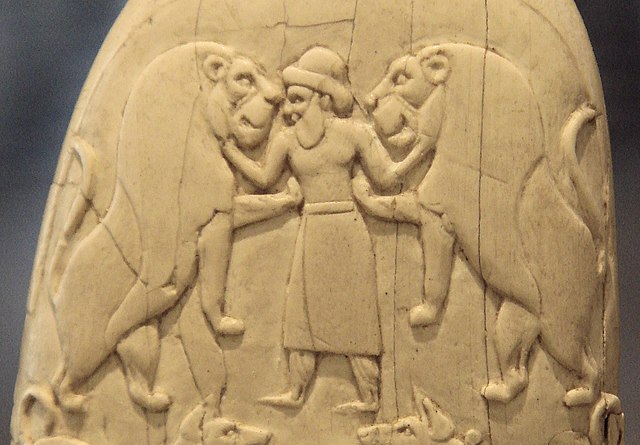
Mesopotamian king as Master of Animals on the Gebel el-Arak Knife at the top of the handle, dated circa 3300-3200 BC, Abydos, Egypt. This work of art both shows the influence of Mesopotamia on Egypt at an early date, in an example of ancient Egypt-Mesopotamia relations, and the state of Mesopotamian royal iconography during the Uruk period.
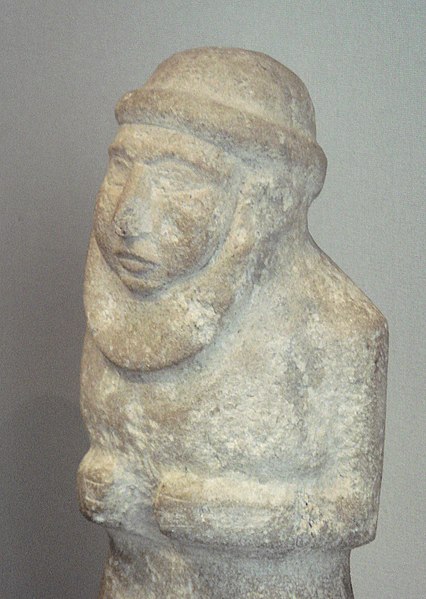
Similar portrait of a probable Uruk King-Priest with a brimmed round hat and large beard, excavated in Uruk and dated to 3300 BC. Louvre Museum.
Gerzeh culture
Videos
Page
The Gerzeh culture, also called Naqada II, refers to the archaeological stage at Gerzeh, a prehistoric Egyptian cemetery located along the west bank of the Nile. The necropolis is named after el-Girzeh, the nearby contemporary town in Egypt. Gerzeh is situated only several miles due east of the oasis of Faiyum.

Comb with human image, Early Naqada II, 3500-3400 BC, Brooklyn Museum.
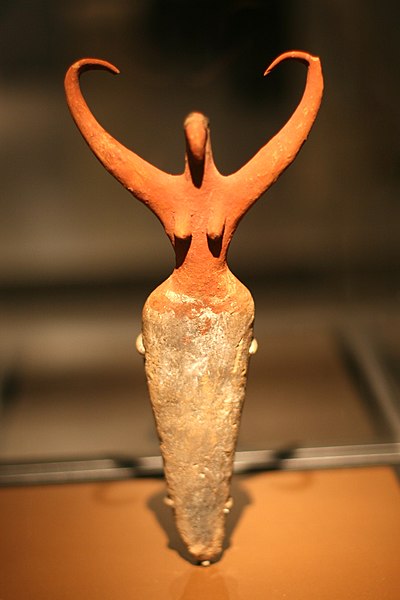
Figurine thought to be a deity, Gerzeh culture, Brooklyn Museum
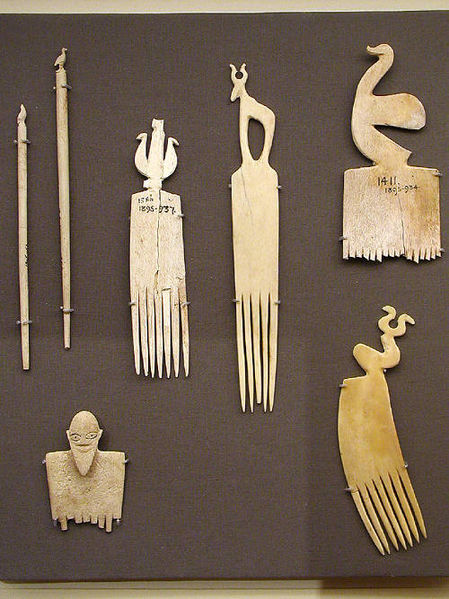
Ivory objects from the Naqada Culture.
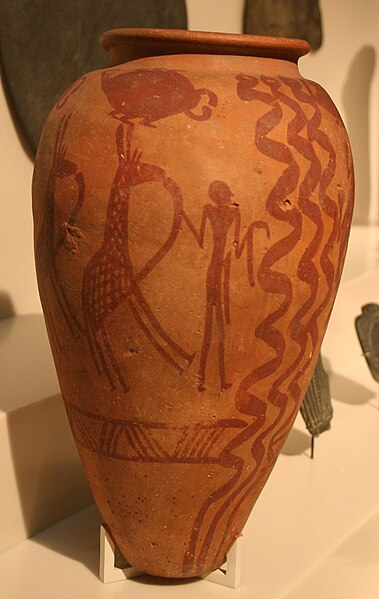
Paintings with symbols on Naqada II pottery. 3500-3200 BC.